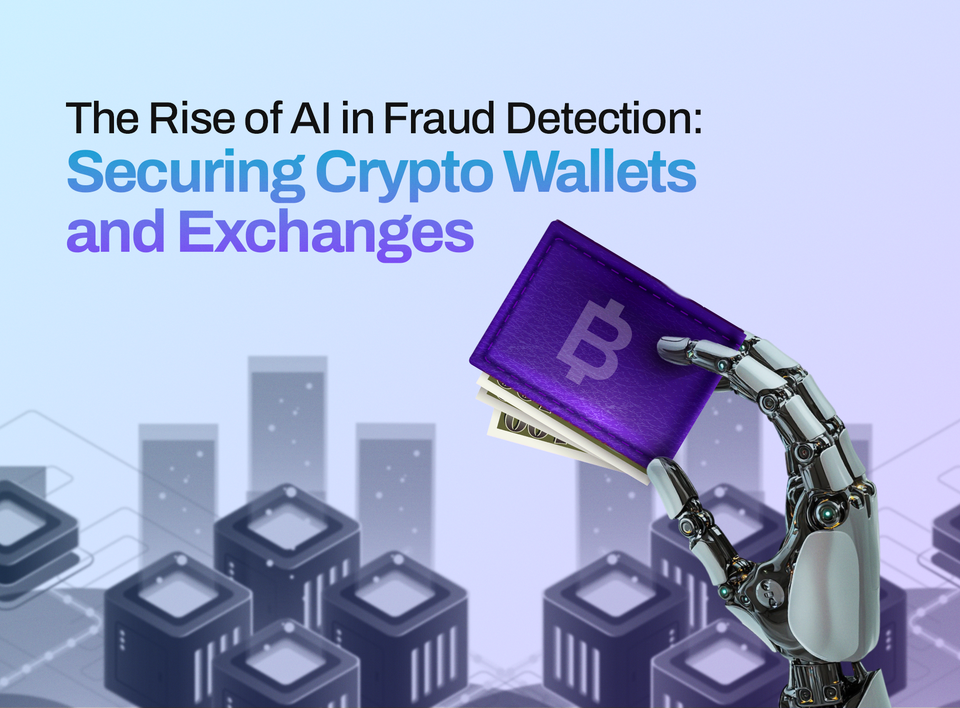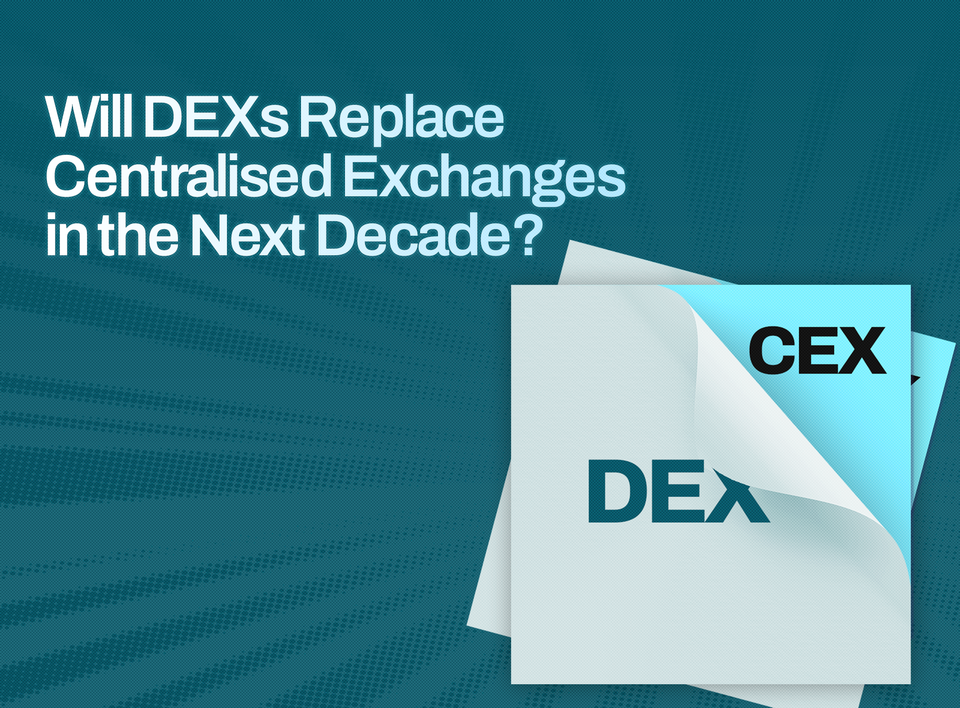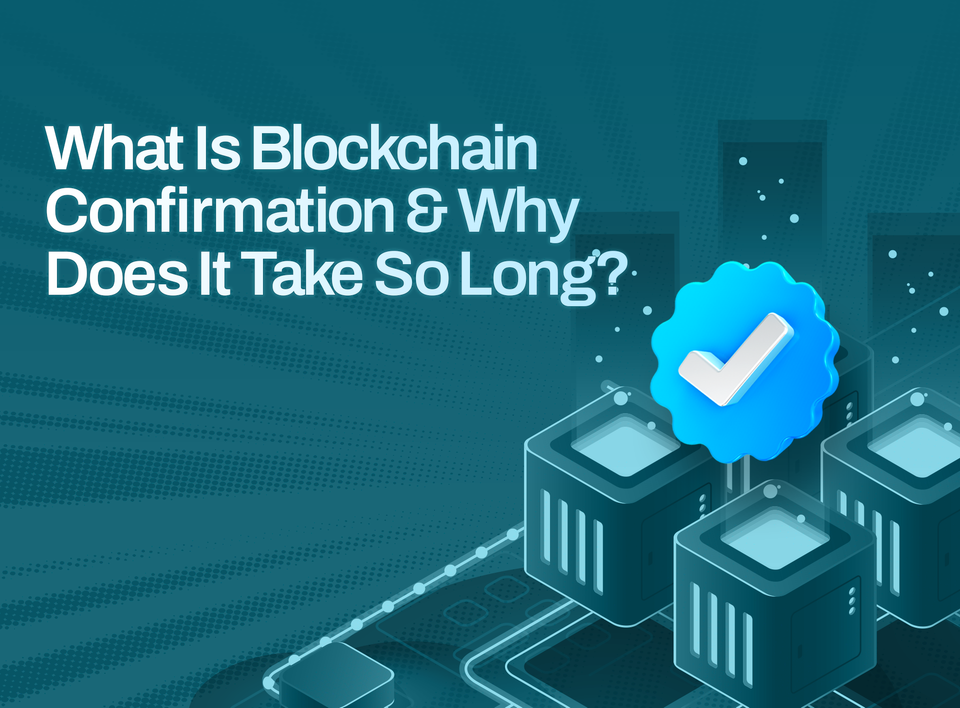Multi-Chain Integration in Blockchain Games: Advantages, Challenges, and Future Outlook
Multi-chain integration allows such games to run on several blockchains rather than being limited to only one.

Have you ever imagined a game universe without boundaries? Imagine playing your favourite game and being able to easily move your assets and tokens across blockchain networks.
Isn’t this quite captivating? This is an exciting truth that multi-chain integration in blockchains is disrupting the gaming sector.
This is what multi-chain integration in blockchain gaming offers a lot of developers, investors, and players.
However, as much as it excites them, is multi-chain integration the way forward in blockchain gaming, or are there more hurdles to clear? We will examine the technological complexities and security issues that developers encounter.
Take a look at some of the trends and technologies that can potentially transform the way people play games and make money.
What is Multi-Chain Integration in Blockchain Games?
To put it simply, multi-chain integration allows such games to run on several blockchains rather than being limited to only one.
Most of the current blockchain games use one blockchain base (for example, Ethereum or BSC), however, multi-chain games stream to multiple blockchains, thereby interlinking players, developers, and investors to more opportunities.
Why does this matter? Well, because each blockchain has its advantages, some have faster transaction speeds, and some have lower transaction costs, while others are very secure.
This is made possible with multi-chain integration so that the best features of all the blockchains can be put into use, resulting in a more efficient, flexible, and fun-filled experience.

How Multi-Chain Integration Benefits Blockchain Gaming?
1. Improved Asset Portability
Have you ever wished to move an NFT weapon from one game to another? Multi-chain integration is bringing us closer to that dream. It allows for the use of cross-chain assets, enabling players to take ownership of in-game assets and use them more freely.
For instance, consider a situation where your armor from one game is accepted in another—such is the action of multi-chain integration that it eliminates the isolated reality of game-specific blockchains.
2. Reduced Transaction Costs And Quick Processing
A few blockchains are known for their exorbitant charges (yes, Ethereum, we mean you). Now, with multi-chain options, players are free to pick chains that are cheaper or have shorter transaction periods.
For example, if the transaction fee for Ethereum is too high, there are options to play on less expensive networks such as the Polygon or Binance Smart Chain. Such options not only make gaming less expensive but also allow for quicker gameplay since there is not much time wasted on transactions.
3. Increased Number of Diversified Players
With a multi-chain ecosystem, a game can attract a wider range of users from different blockchain networks. This creates a more diverse, inclusive gaming community and increases engagement.
Gamers, investors, and developers across chains can come together in the same virtual world, fostering a unique social experience that’s otherwise limited when confined to a single blockchain.
4. Enhanced Market Liquidity Issued To The In-Game Assets
With the use of multi-chain technology, it is possible to drive liquidity by enhancing the market scope of these in-game assets.
Instead of being tied to a specific blockchain marketplace, these assets can be traded into different platforms and networks, thus allowing the players to buy and sell the assets with ease and the investors to easily look for value. This feature of cross-chain transactions increases the economy in such games exponentially.
5. Ease Of Development And Innovations
In the case of games, certain developers can utilize different blockchains to achieve certain functions in the game.
For example, a game may incorporate the use of Ethereal for secure heavy transactions, Solana for fast plays, and another chain for its community.
This way it allows the developers to have a toolbox that enables the design and development of engaging games that can be made firm, expansive, and modified as per the cryptocurrency revolution.
Did you know? According to current industry reports, the blockchain gaming market is expected to reach $65.7 billion by 2027, representing a compound annual growth rate (CAGR) of 68.2%. Furthermore, more than 41% of new blockchain wallet users in 2023 were formed for gaming purposes, illustrating the expanding relationship between blockchain technology and the gaming sector.
Challenges Faced While Adopting Multi-Chain Support
- Security Problems
The likelihood of hacks grows directly with the number of blockchains a game interacts with. Especially multi-chain bridges, which allow assets across many different blockchains, tend to be the main target of most security breaches. Developers must ensure that there is a very strict security policy that is enforced and internal systems are frequently monitored to protect any chain when many chains are used in the same ecosystem.
- Development and Maintenance Complexity
Creating a game that connects a multitude of chains is extremely difficult. The difficulty in processing transactions, different token standards, and moving data from one chain to another requires some level of expertise and resources. This only increases the overall cost and development time while making the maintenance even harder.
- The Risk of Community Fragmentation
Multi-chain integration has the benefit of appealing to larger and more diverse community groups; however, it carries the disadvantage of rather community fragmentation. In such instances, players from different chains may encounter difficulties during interaction or the execution of transactions, depending on the chains and assets available to them. Game producers have to spend time and resources on creating a seamless user experience so that there is only one community rather than several users from different chains existing in silos.
- Regulatory and Compliance Issues
The integration of many chains poses a challenge to adherence to the law because different parts of the world would have different regulations for a variety of legal issues, including but not limited to digital assets, smart contracts, or even data running across the blockchains. This leaves the developers with no option but to learn about the law in all those regions, and in most cases, they may tend to customize their games for different regions to reduce the risks associated with noncompliance.
The Future Outlook: Is Multi-chain Integration in Gaming Possible?
Multi-chain integration has become one of the incredible and revolutionary expectations developers have in gaming’s blockchain fusion, but it does have a downside.
In the future, there will probably be multi-chain games that will have an efficient operation across several networks with different levels of gaming, security, and flexibility technologies.
The future development of blockchain gaming is highly dependent on enabling cross-chain abilities, enhancing compatibility features, and easing the integration of multiple chains from the perspective of the developer.
These concerns addressed, and probably never, multi-chain integration would be commonplace where players, investors, & developers engage in immersive navigation across the games.
To this end, some interesting initiatives are:
1. Advanced Cross-Chain Bridges and Protocols:
More dependable and advanced bridges are being developed by the industry to enhance security on the movement of assets across chains. The likes of Cosmos and Polkadot are examples of frameworks being created to enable different blockchains to interoperate.
2. Standardization of NFTs and Tokens:
Work is being done to transverse the features of the specific types of tokens across the chains more quickly, particularly the NFTs in ERC-721 and ERC-1155. This will be critical as it will make it less expensive and easier to move assets between blockchains.
Conclusion
Are you enthusiastic about the prospects of multi-chain gaming? Or does the complexity make you wary?
The journey toward seamless multi-chain integration is starting, and while there are hurdles, the advantages for gamers and investors may be game-changing.
Regardless of the category you belong to—a gamer with an improved asset management system, an investor targeting a larger audience, or a developer with an enhanced creative outlook—the multi-chain integration technology has something in stock for everyone.
The integration of multiple chains in online gaming has a high possibility of promoting the industry by allowing greater access and reducing barriers to access for both players and developers.
It enables assets and gameplay to cut across several blockchains, hence allowing a situation where virtual goods may be used between games, cheaper—even if no—transfer costs, and larger transnational gaming groups.
However, this vision still faces hurdles, from security concerns to technical complexities.
In the gaming industry, multi-chain integration is only at the beginning of a truly transformative era.
Disclaimer: This article was written to provide guidance and understanding. It is not an exhaustive article and should not be taken as financial advice. Obiex will not be held liable for your investment decisions.



